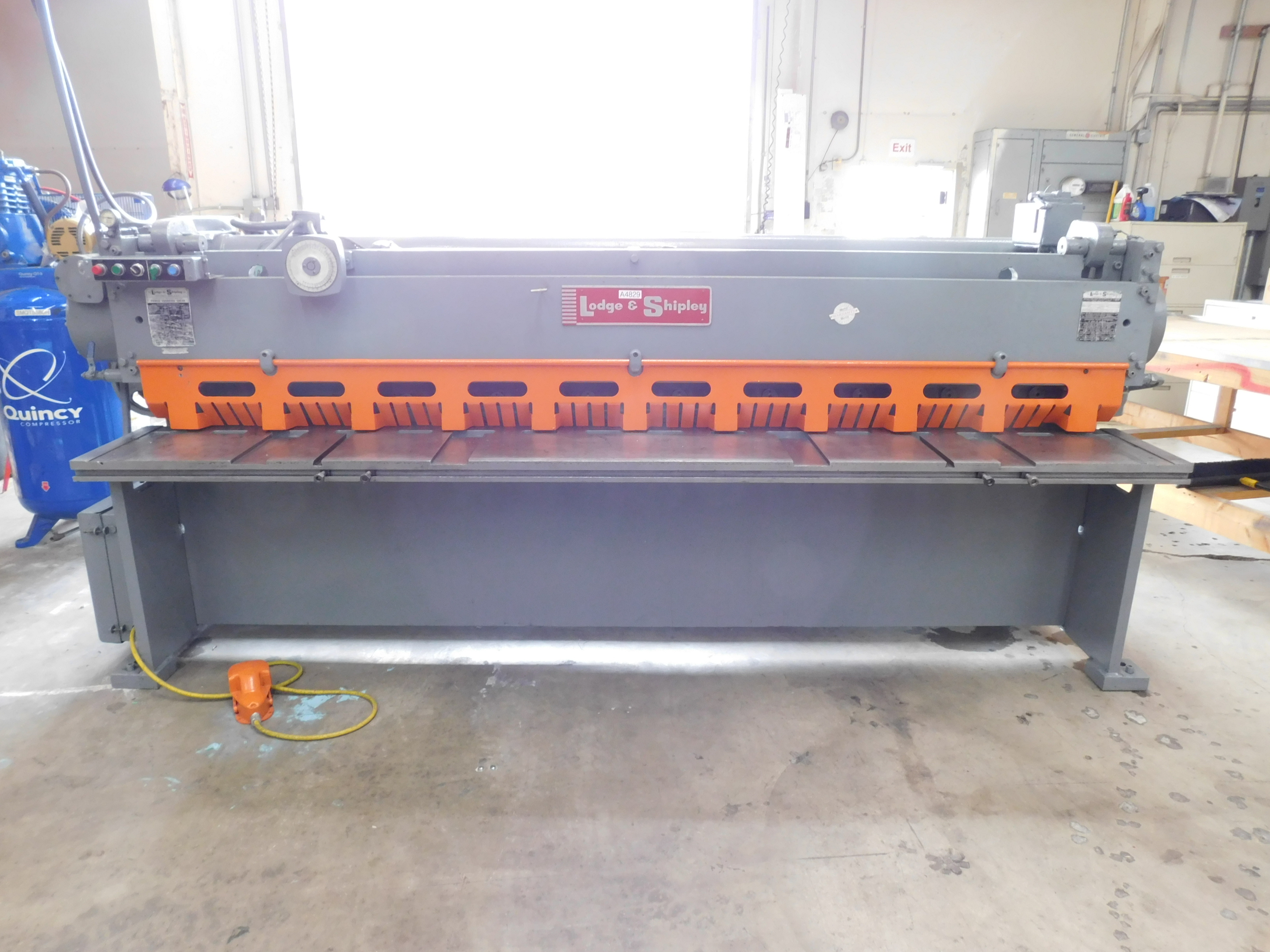Enhancing Aircraft Safety and Cost Savings with Predictive Maintenance in the Aerospace Industry
The aerospace industry is a cornerstone of global transportation and commerce, characterized by its complexity and stringent safety requirements. Predictive maintenance (PdM) is revolutionizing the industry by leveraging advanced technologies such as artificial intelligence (AI), machine learning (ML), and big data analytics to anticipate maintenance needs before failures occur. By integrating real-time monitoring and enhancing aerospace efficiency, PdM enables airlines and manufacturers to minimize operational disruptions and improve overall safety.
Ensuring the operational readiness and safety of aircraft is paramount, and traditional maintenance approaches, while effective, are increasingly being complemented by predictive maintenance. This proactive strategy leverages advanced technologies such as artificial intelligence (AI), machine learning (ML), and big data analytics to forecast maintenance needs before issues arise, transforming the industry.
Predictive maintenance is crucial in the aerospace industry because it allows airlines to anticipate potential equipment failures by analyzing real-time data from aircraft sensors, enabling proactive maintenance interventions, reducing unplanned downtime, minimizing safety risks, and ultimately optimizing operational costs by preventing costly unscheduled repairs and extending the lifespan of aircraft components.
According to a recent article from QOCO Systems,
“AI’s integration into aviation maintenance operations has the potential to prevent unscheduled maintenance, thereby mitigating the risks of grounded planes and flight delays. Additionally, real-time AI predictive maintenance enables early detection of potential issues, allowing for proactive interventions before they escalate into safety hazards.
AI algorithms can help airlines proactively forecast potential issues, such as equipment failures and maintenance needs, with remarkable accuracy. They achieve this by analyzing vast datasets from aircraft systems, sensors, and historical maintenance records. This, in turn, reduces unscheduled maintenance and minimizes aircraft downtime.”
What is Predictive Maintenance?
Predictive maintenance is a data-driven approach that uses real-time monitoring, historical data, and advanced analytics to anticipate when equipment or components may fail. Unlike reactive maintenance, which addresses issues after they occur, or preventive maintenance, which schedules repairs at fixed intervals, predictive maintenance targets specific problems based on empirical evidence. This precision reduces unnecessary downtime, optimizes resources, and enhances safety.
Here’s an example that illustrates the practical application of predictive maintenance technology,
“Maintenance logs contain a record of all maintenance activities performed on the aircraft, including the date of the maintenance, the type of maintenance performed, and the parts replaced. Predictive maintenance systems can analyze this data to identify patterns that may indicate a potential failure. For example, a repeated failure of a particular component may indicate that there is a design flaw or that the component is not being properly maintained.”
Why is Predictive Maintenance Essential in Aerospace?
The aerospace industry’s high stakes make predictive maintenance not just an advantage but a necessity. Here are four key reasons why it is crucial:
1. Enhance Aircraft Safety
Safety is the highest priority in aerospace, and predictive maintenance significantly reduces the risk of mechanical failures. By identifying potential issues before they escalate, airlines and maintenance crews can address problems promptly, ensuring that aircraft operate under optimal conditions.
2. Reduce Operational Downtime
Unscheduled maintenance can ground flights, disrupt schedules, and lead to significant financial losses. Predictive maintenance minimizes such disruptions by scheduling repairs during planned downtimes, reducing AOG situations, keeping aircraft in service and passengers satisfied.
3. Optimize Maintenance Costs
Traditional maintenance approaches often involve replacing components at predefined intervals, which can result in unnecessary expenditures if parts still have usable life. Predictive maintenance ensures that parts are replaced only when needed, optimizing costs and reducing waste.
4. Improving Fleet Efficiency
For airlines, maintaining a high level of fleet availability is critical. Predictive maintenance helps operators maximize the utility of their assets, ensuring that aircraft spend more time in the air and less time in maintenance hangars.
Key Technologies Driving Predictive Maintenance
Several advanced technologies power predictive maintenance in aerospace, enabling operators to achieve unprecedented levels of precision and efficiency.
Sensor Technology: As Fatfinger.io notes, “Sensors play a crucial role in predictive maintenance. They are the eyes and ears of the system, collecting data on various parameters such as temperature, pressure, vibration, and more. This data is then analyzed to predict potential failures and schedule maintenance accordingly.”
Modern aircraft are equipped with thousands of sensors that monitor various systems, including engines, hydraulics, and avionics. These sensors continuously collect data on parameters such as temperature, pressure, and vibration, providing the raw material for predictive maintenance analysis. For example, Airbus’ Skywise platform aggregates sensor data to predict maintenance needs, reducing delays and improving fleet performance.
Big Data Analytics: The vast amounts of data generated by aircraft sensors require sophisticated tools for analysis. Big data analytics process this information to identify patterns, anomalies, and trends that may indicate impending issues. Delta Airlines has implemented predictive analytics to monitor aircraft systems, significantly lowering operational disruptions.
Artificial Intelligence and Machine Learning: AI and ML algorithms play a critical role in predictive maintenance by learning from historical data and improving over time. These technologies enable the development of predictive models that can accurately forecast failures and recommend corrective actions.
Digital Twins: A digital twin is a virtual replica of a physical system or component. By simulating real-world conditions, digital twins allow maintenance teams to test scenarios, predict failures, and optimize performance without affecting the actual aircraft.
Real-World Applications in Aerospace
Predictive maintenance is not a theoretical concept—it is already making a tangible impact in the aerospace industry. Here are a few examples:
-
Engine Health Monitoring
Aircraft engines are among the most critical and expensive components to maintain. Predictive maintenance systems analyze data from engine sensors to detect early signs of wear or inefficiency, enabling timely interventions that prevent costly repairs or catastrophic failures.
-
Structural Integrity Checks
Predictive maintenance is also used to monitor the structural health of aircraft, including fuselage, wings, and landing gear. Advanced imaging technologies and AI-powered analysis detect minute cracks or deformations, ensuring structural integrity over the aircraft’s lifespan.
-
Avionics System Optimization
Avionics systems are essential for navigation, communication, and control. Predictive maintenance tools monitor these systems for irregularities, ensuring reliable performance and reducing the likelihood of in-flight issues.
Three Main Benefits for Aerospace Operators
Adopting predictive maintenance delivers several benefits to airlines, manufacturers, and maintenance organizations. The three major advantages are:
1. Increased Profitability
By reducing unscheduled maintenance and optimizing resources, predictive maintenance helps operators save on costs and increase profitability. Airlines can reinvest these savings into expanding their fleets or improving passenger experiences.
2. Regulatory Compliance
Aerospace is a highly regulated industry, and compliance with safety standards is non-negotiable. Predictive maintenance ensures that aircraft meet these standards consistently, simplifying inspections and audits.
3. Environmental Sustainability
Efficient maintenance practices reduce waste and improve fuel efficiency, contributing to the industry’s sustainability goals. Airlines can lower their carbon footprints while maintaining high operational standards.
Implementation Challenges
While the benefits of predictive maintenance are clear, implementing it comes with challenges. These include high initial investment. Deploying predictive maintenance systems requires significant investment in sensors, software, and infrastructure. Smaller operators may face financial constraints in adopting these technologies.
In addition, there is data management. The sheer volume of data generated by aircraft sensors can be overwhelming. As one source points out, modern aircraft can generate a significant volume of data from sensors, often reaching several terabytes per flight. Operators need robust systems to store, process, and analyze this data effectively.
Another challenge airlines face is the growing need for a skilled workforce. Implementing and maintaining predictive maintenance systems requires a skilled workforce proficient in AI, data analytics, and aerospace engineering. Training and retaining such talent can be challenging.
And, lastly, many operators still rely on legacy maintenance systems that may not be compatible with modern predictive maintenance tools. Integrating these systems requires careful planning and execution.
The Future of Predictive Maintenance in Aerospace
As technology continues to evolve, predictive maintenance is poised to become even more sophisticated. And there are several trends shaping its future, such as:
-
Increased Automation
The integration of predictive maintenance with automated repair systems could streamline the maintenance process further, reducing human intervention.
-
Enhanced Collaboration
Manufacturers, airlines, and maintenance providers are increasingly sharing data and insights to improve predictive maintenance models. This collaboration enhances accuracy and efficiency across the industry.
-
IoT Integration
The Internet of Things (IoT) will play a critical role in connecting aircraft systems, enabling real-time data sharing and more comprehensive predictive analysis.
-
Regulatory Innovations
Regulators are adapting to the rise of predictive maintenance by developing new standards and certifications that support its adoption.
Staying on the Leading Edge with Maintenance
Predictive maintenance is revolutionizing the aerospace industry by enhancing safety, reducing costs, and optimizing efficiency. Its integration into aircraft operations and maintenance practices represents a significant step forward, ensuring that the industry remains resilient and competitive in an ever-changing world. While challenges remain, the benefits of predictive maintenance far outweigh the barriers, making it an indispensable tool for the future of aerospace.
By embracing predictive maintenance, aerospace operators can achieve a new level of operational excellence, ensuring that the skies remain safe, efficient, and sustainable for generations to come.
AAA Air Support: Your Trusted Aerospace Component Supplier
As a trusted leader in aerospace manufacturing and distribution, AAA Air Support proudly provides premium materials such as roll-formed stringers, extruded parts, and a broad selection of aluminum, steel, and titanium products. Our commitment to excellence drives us to deliver innovative, sustainable solutions that align with industry standards and support a greener future.
In addition to our material offerings, we specialize in precision machining services designed to meet your unique requirements. With cutting-edge facilities and a team of experts, we guarantee consistent quality, on-time delivery, and tailored solutions for projects of any scale.
Why Choose AAA Air Support?
- Industry Expertise: Trusted supplier for aerospace manufacturing and MRO solutions.
- Quality Assurance: Committed to meeting stringent industry standards.
- Tailored Solutions: Custom machining and material supply for your specific requirements.
Let AAA Air Support be your dependable partner for superior aerospace components. Contact us today to discover how we can support your success.


